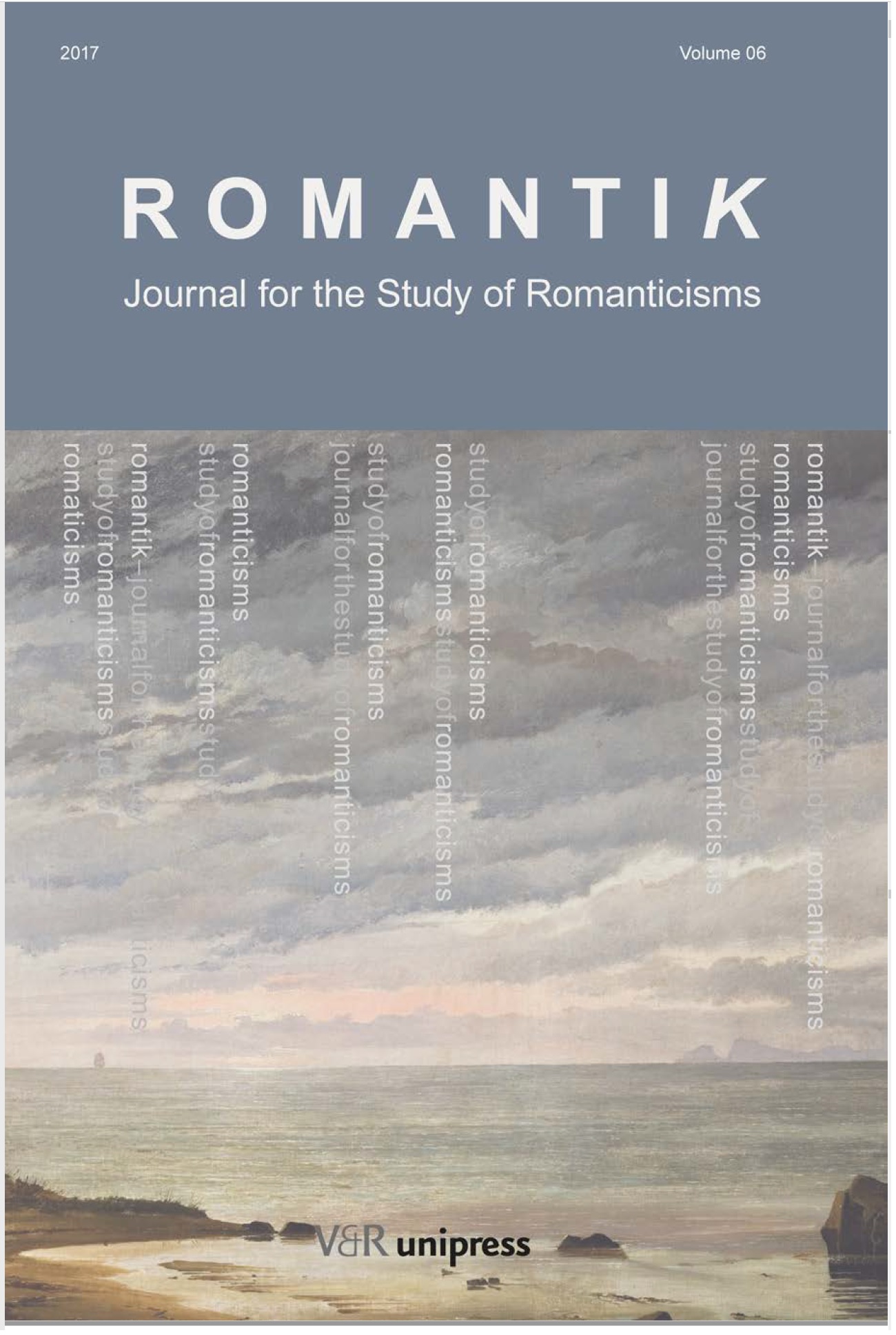The Non-Place of Eros. On John Keats and the Logic of Flowers and Bees
DOI:
https://doi.org/10.7146/rom.v6i1.104382Keywords:
Apiculture, Roland Barthes, Chronophilia, Chronophobia, Desire, UtopiaAbstract
The following article investigates Keats’s expansion of the notion of Eros, arguing that it forms a dialectic relation between the self-sufficiency of the lover and a dream of mutual exchange between the subject and its object of desire. In order to discern the specific concerns of Keats in this regard, the study analyzes a letter sent to his friend John Hamilton Reynolds on the 19th of February 1818, suggesting that it constitutes a paradigmatic focal point from which a Keatsian logic of desire may be subsequently outlined. The letter in question is well known to romantic scholars, famous for its positing and purported contrasting of two different modes of subjectivity: that of the flower, and that of the bee. As I want to contend, however, the issues of subjectivity raised by this text have not been adequately addressed, either with regard to their psychological or literary significance. Tracing the bee motif historically, the article discusses its appropriation by Keats, in order to highlight its problematical role in his lyrical work. Against this background, the letter to Reynolds is shown to exemplify a conflicting, utopian, discourse of being and loving: a non-place of Eros.Downloads
Published
2018-02-21
How to Cite
Henning, P. (2018). The Non-Place of Eros. On John Keats and the Logic of Flowers and Bees. Romantik: Journal for the Study of Romanticisms, 6(1), 63–81. https://doi.org/10.7146/rom.v6i1.104382
Issue
Section
Articles
License
Copyright: The authors and Aarhus University Press





